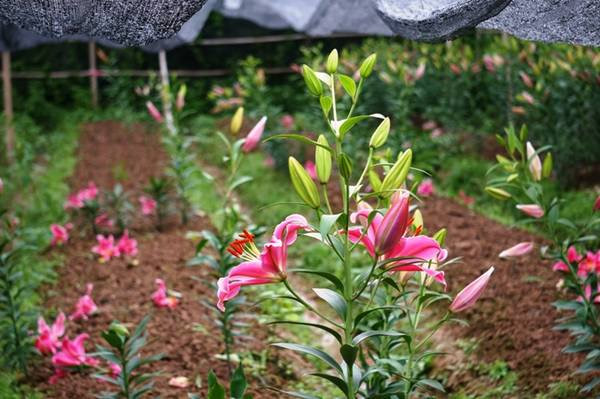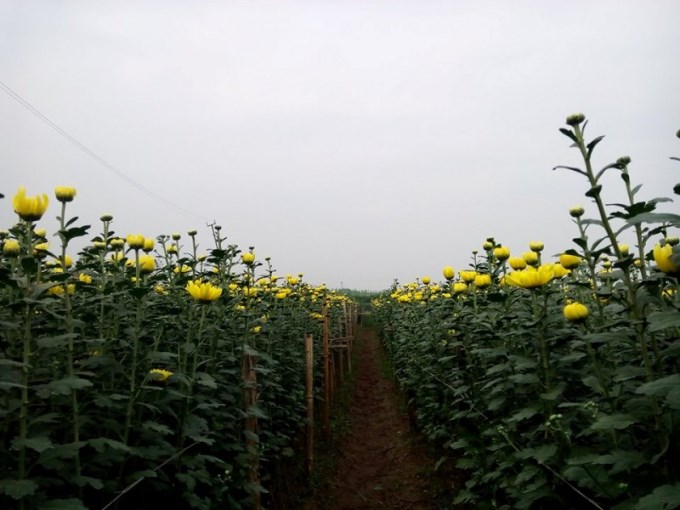Phu Van village combines horticulture and tourism
Phu Van is located between two rivers—the Day River and the Nhue River—whose silt enriches the commune’s fields of flowers. Horticulture is particularly well developed in the commune’s hamlet 5. Each year Phu Van provides a mass of flowers and ornamental trees to customers in neighboring Ha Nam, Nam Dinh, Thai Binh, and Ninh Binh province.
Ha Nam plans to develop tours that combine visits to Phu Van’s flower growing hamlets with stops at the Tam Chuc spiritual tourist site, Luon Cave, Phat Tich Pagoda, and Ba Danh Pagoda.
Le Duc An, a Party official of Phu Van commune, said “Phu Van has a great potential for tourism development thanks to its location. Under a plan approved by Phu Ly city authorities, Phu Van will be turned into a craft village and eco-tourism area by 2030. This means the village will combine flower farming and tourism development to attract visitors.”
The local administration has encouraged households to jointly establish flower and ornamental tree growing villages towards commodity chains and tourism development.
To attract visitors, local gardeners have restored a traditional product – devotional flowers wrapped in banana leaves – and expanded their showrooms, eco-gardens, and home-stay services.
Nguyen Van Bang, the head of hamlet 5, said “At weekends many people go on a sightseeing tour of Phu Van and take photos. Such tours promote not only the flowers, but also the beauty of Phu Van village itself. We mainly grow roses, daisies, lilies, violets, gladioli, peach, and ornamental kumquat and orange trees. In the future, we will convert unproductive crop land to flowers.”
In addition to traditional flowers and trees of high economic value, ornamental trees are widely planted in Phu Van.
Local villager Tran Van Quang said, “I have 2 hectares of land planted in orange, kumquat, and peach trees. Every year I earn more than US$2,600 per 360 square meters of land. Customers often buy my products directly from the garden. Last year my family earned more than US$35,000, mainly from orange trees. Selling oranges alone brought in US$4,400.”
Some photos of the village:






























